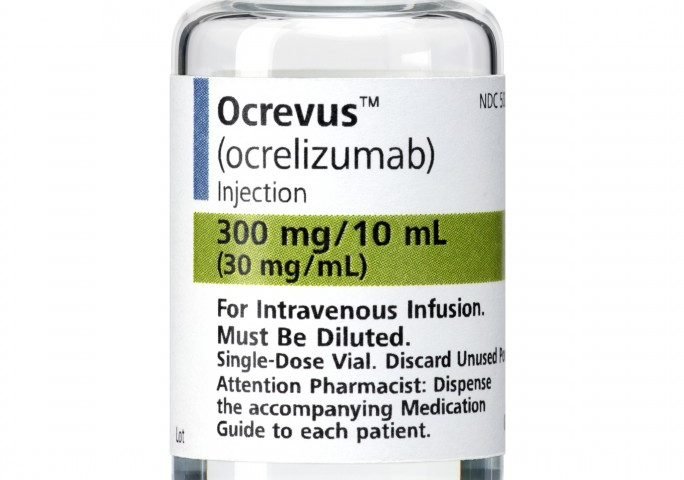There’s been a lot of risk versus rewards chatter on social media following the recent decision by the European Medicines Agency to initiate a safety review of Lemtrada (alemtuzumab). The EMA has restricted use of the medication within the European Union while that review is underway. That’s worrying some people who are using Lemtrada or who are about to start. For me, it’s really a question of risks versus rewards.
The EMA says it’s concerned about “new reports of immune-mediated conditions (caused by the body’s defense system not working properly) and problems with the heart and blood vessels with the medicine, including fatal cases.”
The agency’s warning follows a U.S. Food and Drug Administration (FDA) safety advisory sent out last November. It said the FDA had “identified 13 worldwide cases of ischemic and hemorrhagic stroke or arterial dissection that occurred shortly after the patient received Lemtrada” since 2014, when it approved the treatment.
How much of a risk is there?
Any serious side effect of a medication is, of course, reason for concern. But let’s not panic. The month before the FDA issued its advisory, Lemtrada manufacturer Sanofi Genzyme had reported that 21,000 people had received Lemtrada infusions over the previous eight years. If my math is correct, the stroke problems have been reported in only 0.06 percent of the people who have been treated. That’s a pretty low percentage.
All medications carry some risk. We patients should always put our heads together with our doctors and do a risk versus rewards analysis before we agree to be treated with any medication. But then, the choice should be ours.
Obviously, the EMA feels the need to reevaluate the risks involved with Lemtrada. (It did one review before it originally approved the medication.) That’s fine. But the agency has also decreed that, while its new evaluation is underway, “Lemtrada should only be started in adults with relapsing-remitting multiple sclerosis that is highly active despite treatment with at least two disease-modifying therapies … or where other disease-modifying therapies cannot be used.” EU patients who are already benefiting from the medication may continue to use it with a doctor’s supervision.
The FDA, on the other hand, only sent an advisory and did not change the medication’s approval status in the U.S. From what I’ve read on MS social media sites, the EMA’s decision has left a good number of Europeans who were about to begin Lemtrada treatments in limbo or searching for another disease-modifying treatment. Others, who’ve already been using Lemtrada, are now worried about a serious side effect of which they’d been unaware, but which has a very low change of affecting them.
Let patients judge risk versus rewards
It’s been over a year since I finished my second round of Lemtrada. I’ve had minimal side effects and no disease progression. I’ve also noticed an improvement in some symptoms. I knew there were risks when I began my treatment. My neurologist and I discussed them and then I decided that they were acceptable in exchange for the potential benefits of this medication.
I hope the EMA concludes its review quickly and once again makes Lemtrada available to a larger group of people — people who, with guidance from their neurologists, are capable of making the same risk versus rewards decision that I did. If they decide to hit attack their MS hard and fast, rather than first trying two less-effective DMTs, they should be entitled to do that.
What do you think?
(A version of this post first appeared as my column on the MS News Today website).
(Featured image by Peggy und Marco Lachmann-Anke from Pixabay)



